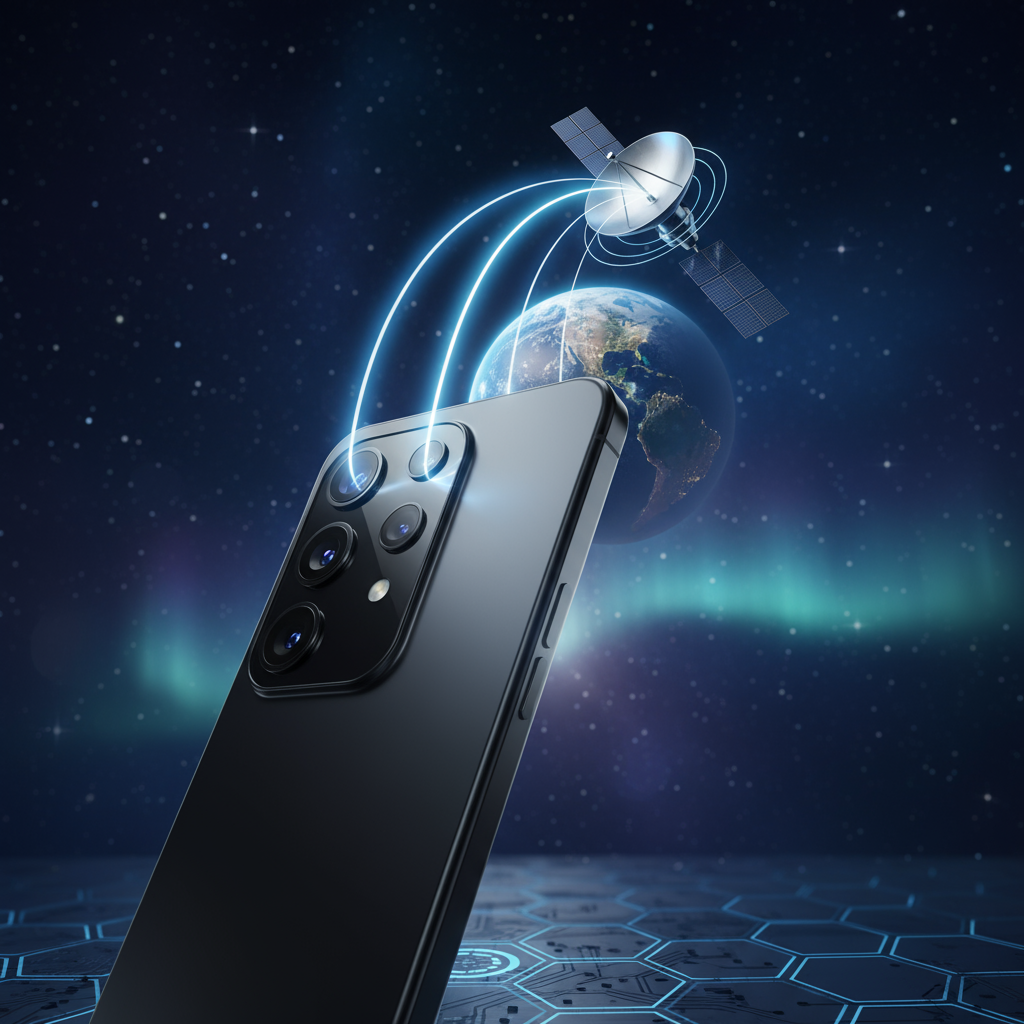Xiaomi’s Whispering Star: Could the ’17 Ultra’ Be Your Satellite Lifeline?
Imagine this: you’re hiking a remote trail, miles from civilization, when an unexpected emergency strikes. Your phone, usually your trusty companion, shows dreaded “No Service.” Panic sets in. But what if, in that very moment, your smartphone could connect directly to a satellite orbiting hundreds of miles above, allowing you to send a vital text or even make a call for help? This isn’t science fiction anymore. Whispers from the tech world suggest that Xiaomi, a company known for pushing boundaries, might be bringing this reality closer with its rumored ’17 Ultra’ – a device potentially poised to revolutionize connectivity with satellite communication.
Early leaks and speculation point to an alleged Xiaomi 17 Ultra that could boast satellite calling and texting capabilities, initially targeting a specific market. While details are still shrouded in mystery, the implications are profound. If true, this move would place Xiaomi at the forefront of a burgeoning technological frontier, challenging established players and offering consumers an unprecedented level of connectivity.
The Dawn of Satellite Connectivity in Consumer Tech
Satellite communication in consumer smartphones isn’t entirely new, but it’s certainly gaining traction. Apple’s iPhone 14 and 15 series introduced Emergency SOS via Satellite, allowing users to send short text messages when outside cellular coverage. Huawei also entered the fray with its Mate series, offering similar features. These developments have laid the groundwork, demonstrating the practical utility and growing demand for such life-saving technology.
However, what sets the rumored Xiaomi 17 Ultra apart, if the leaks hold true, is the potential for full satellite calls, not just text-based emergency messaging. This distinction is significant. While texts are invaluable, a verbal conversation can convey crucial details and emotional urgency that a text simply cannot. Imagine being able to describe a situation in full detail, receive direct instructions, or provide reassurance to loved ones from anywhere on Earth.
This leap forward would signify a pivot from “emergency-only” satellite services to a more integrated and versatile communication tool. It suggests a future where remoteness no longer equates to isolation, offering peace of mind to adventurers, remote workers, and anyone who values uninterrupted connectivity.
Beyond Emergency: Potential Use Cases and Market Impact
While emergency situations are the most obvious benefit, the integration of satellite calls and texts opens up a plethora of exciting possibilities. Consider these scenarios:
- Adventure and Exploration: Hikers, campers, mountaineers, and sailors could maintain contact with the outside world even in the most remote wildernesses or ocean expanses. No more relying on bulky, specialized satellite phones.
- Remote Work and Travel: Professionals working in areas with poor cellular infrastructure, like construction sites, oil rigs, or developing regions, could remain connected for essential communications. Business travelers frequently moving between areas with patchy coverage would also benefit immensely.
- Disaster Relief: During natural disasters, traditional communication networks often fail. Satellite-enabled smartphones could provide a critical lifeline for coordinating relief efforts and connecting affected individuals with their families.
- Journalism and Field Reporting: Journalists covering stories in conflict zones or remote locations could securely transmit vital information and conduct interviews without fear of losing connectivity.
Xiaomi’s strategy of initially targeting “one market” is particularly interesting. This could be a strategic choice to test the waters, refine the technology in a controlled environment, or cater to a specific demographic known for its demand for advanced connectivity. For instance, countries with vast rural areas, extensive coastlines, or economies heavily reliant on resource extraction might be prime candidates for such a rollout.
The Technical Hurdles and Industry Landscape
Integrating satellite communication into a sleek smartphone is no small feat. It involves significant technical challenges. Traditional cellular antennas are designed for terrestrial networks, while satellite communication requires specialized hardware capable of receiving faint signals from orbiting satellites. This often means larger antennas or innovative miniaturization techniques that don’t compromise the phone’s design or battery life.
Moreover, the “latest trio” mentioned in the rumors likely refers to the three major non-geostationary orbit (NGSO) satellite constellations emerging for direct-to-device communication: Starlink (SpaceX), Project Kuiper (Amazon), and perhaps Globalstar, which Apple uses. Each of these constellations offers unique advantages and challenges in terms of coverage, bandwidth, and latency.
The cost implications are also a significant factor. Satellite communication services, even for basic messaging, typically involve subscription fees. How Xiaomi integrates these costs, whether through partnerships with satellite providers or bundled service plans, will be crucial for widespread adoption. Competing with established players like Apple and Huawei also means Xiaomi needs to offer a compelling value proposition, perhaps through more expansive service offerings or competitive pricing.
A Glimpse into the Connected Future
The potential arrival of a Xiaomi ’17 Ultra’ with broad satellite capabilities signals a pivotal moment in smartphone evolution. It transcends the incremental updates we often see, pushing the boundaries of what a phone can truly do. It’s about bridging the digital divide, offering safety in solitude, and fostering an era where true global connectivity is not just for dedicated devices, but for the very phones we carry in our pockets every day.
While we eagerly await official announcements and concrete details, the prospect of a Xiaomi device offering satellite calls and texts is undeniably exciting. It reinforces the idea that our smartphones are becoming more than just communication tools; they are evolving into essential survival companions, ensuring that no matter where life takes us, we’re never truly out of reach. The future of communication is looking up, quite literally, to the stars.
